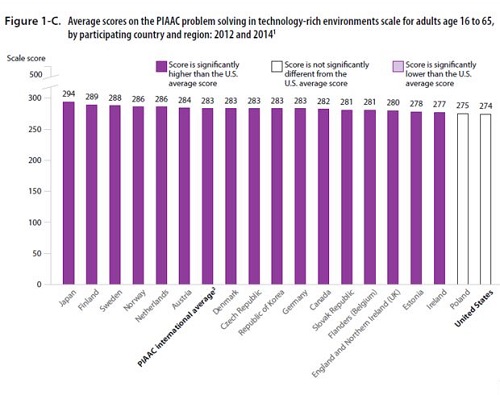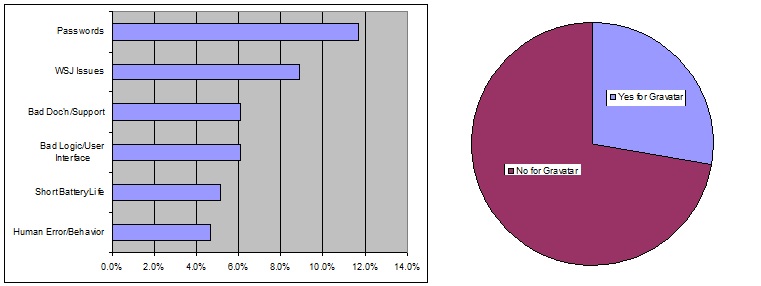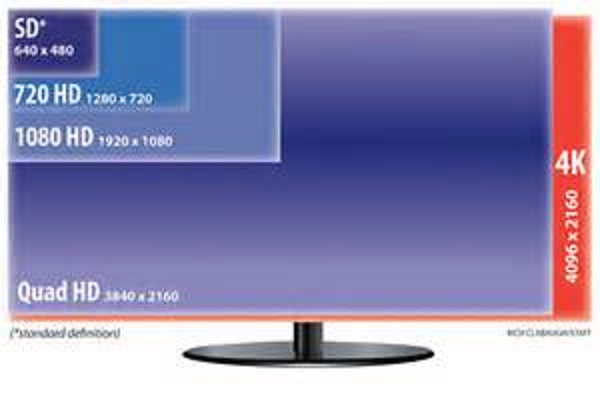Maybe they couldn’t read the test? We wouldn’t be too surprised about the literacy tests. Nearly all of the other countries have to know a lot of English in addition to their own native languages. That forces them to do a better job of understanding the STRUCTURE of both languages and of thinking in multiple languages. But the technological accomplishments by Americans as a group are so impressive that it is nearly unbelievable that they rank dead last among the 18 top industrial countries according to an OECD report published in 2013. Unfortunately, it is hard to dig into the OECD (Organisation for Economic Co-operation and Development) research and its followup (which appears to be what triggered the Wall Street Journal article at this time) because the background, while numerate, is not presented in a literate manner. We sink into a swamp of academic gibberish.
Professor Andrew Hacker is not surprised at these abysmal results, as he believes that most American high schools and colleges teach math the wrong way. We at Technology Bloopers agree. We survived a lot of advanced math classes up through the masters level and wrote a PhD thesis full of statistical formulae. But most of what we—and most of the American populace–needed to know we learned by the end of eighth grade if we were diligent. Things like fractions and percentages. And some of the rest we might have learned even earlier in school by using Microsoft PowerPoint or Apple Keynote. Do most of us really need algebra? Or geometry (though there are some practical applications of concepts such as the Pythagorean Theorem (e.g., you can check for a square corner by using a tape measure and knowing that if you measure 3, 4, and 5 units on each of the 3 sides that the angle opposite the 5 side is a right angle, i.e., a square corner) even if you have no clue who Pythagoras was). Hopefully, by the time we graduate from high school we will have been exposed to simple column graphs like the one showing the OECD rankings, and have learned that the tiny differences it shows from country to country may not be significant. BUT, the gap between Japan and the Scandinavian countries on the one hand and the U.S. on the other hand probably is significant … and we need to change how we teach math and numbers to Americans.



